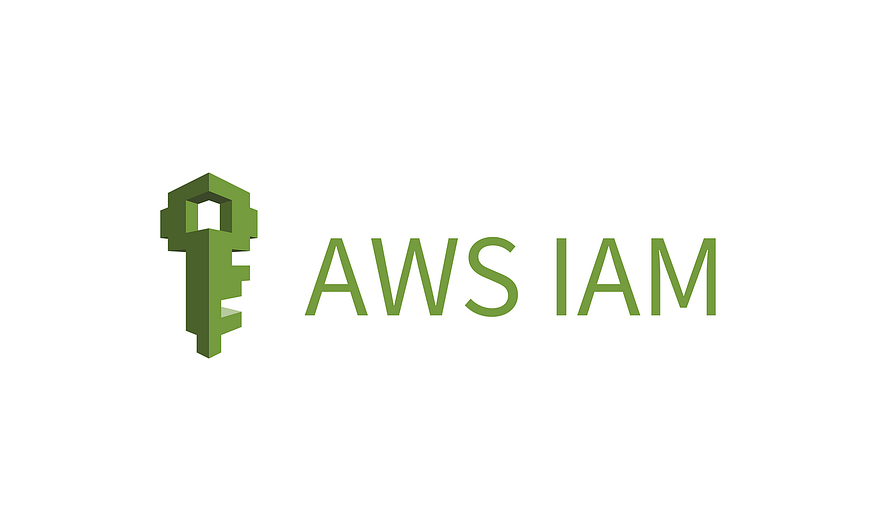In the world of cloud computing, security is paramount. AWS Identity and Access Management (IAM) stands as a cornerstone for securing AWS resources, ensuring that only authorized users can access and manipulate your data. Understanding how to manage IAM users and groups is crucial for maintaining robust security and operational efficiency in your AWS environment.

Understanding IAM Users and Groups
AWS IAM allows you to create and manage users and groups, each with specific permissions and roles. IAM users represent individuals or services needing access to AWS resources, while IAM groups help streamline permission management by bundling users with similar access needs.
For a visual walkthrough of the concepts covered in this article, check out my YouTube Video:-
Creating IAM Users
Creating IAM users involves defining individual accounts that can log in to the AWS Management Console or access AWS services programmatically. Here’s a simple process:
- Navigate to the IAM Console: Log into your AWS Management Console and open the IAM dashboard.
- Add New User: Click on “Users” and then “Add user.” Enter a username and choose the type of access this user will need — console access, programmatic access, or both.
- Set Permissions: Assign permissions directly or via groups. You can also attach policies that define what the user can and cannot do.
- Review and Create: Review the user details and permissions, then create the user. AWS will provide credentials that the user can use to log in or access resources.
Managing IAM Groups
IAM groups are designed to simplify permissions management by grouping users with similar access requirements. Instead of assigning permissions to each user individually, you can:
- Create a New Group: In the IAM dashboard, click on “Groups” and then “Create New Group.” Name the group and proceed.
- Attach Policies: Attach policies that define the permissions for the group. All users in the group inherit these permissions.
- Add Users to the Group: Once the group is created, you can add users to it. They will automatically inherit the permissions granted to the group.
Best Practices for IAM Users and Groups
- Principle of Least Privilege: Grant only the permissions necessary for users to perform their tasks. Avoid giving broader permissions than needed.
- Use Groups for Bulk Management: Manage permissions more efficiently by using groups. This approach minimizes the risk of misconfigured permissions.
- Regularly Review Permissions: Periodically review and adjust permissions as roles and requirements change to ensure ongoing security.
Conclusion
Effectively managing IAM users and groups is essential for maintaining a secure and well-organized AWS environment. By leveraging IAM’s capabilities, you can ensure that your AWS resources are protected, and your access management practices are streamlined. Implementing these best practices will help you uphold the security and integrity of your cloud infrastructure, making your AWS journey smoother and more secure.
Connect with Me:
- YouTube ► S3 CloudHub Channel
- Facebook ► S3 CloudHub Page
- Medium ► S3 CloudHub Blog
- Demo Reference ► GitHub Repository
- Blog ► S3 CloudHub Blogspot
- Dev ► S3 CloudHub on Dev.to

No comments:
Post a Comment